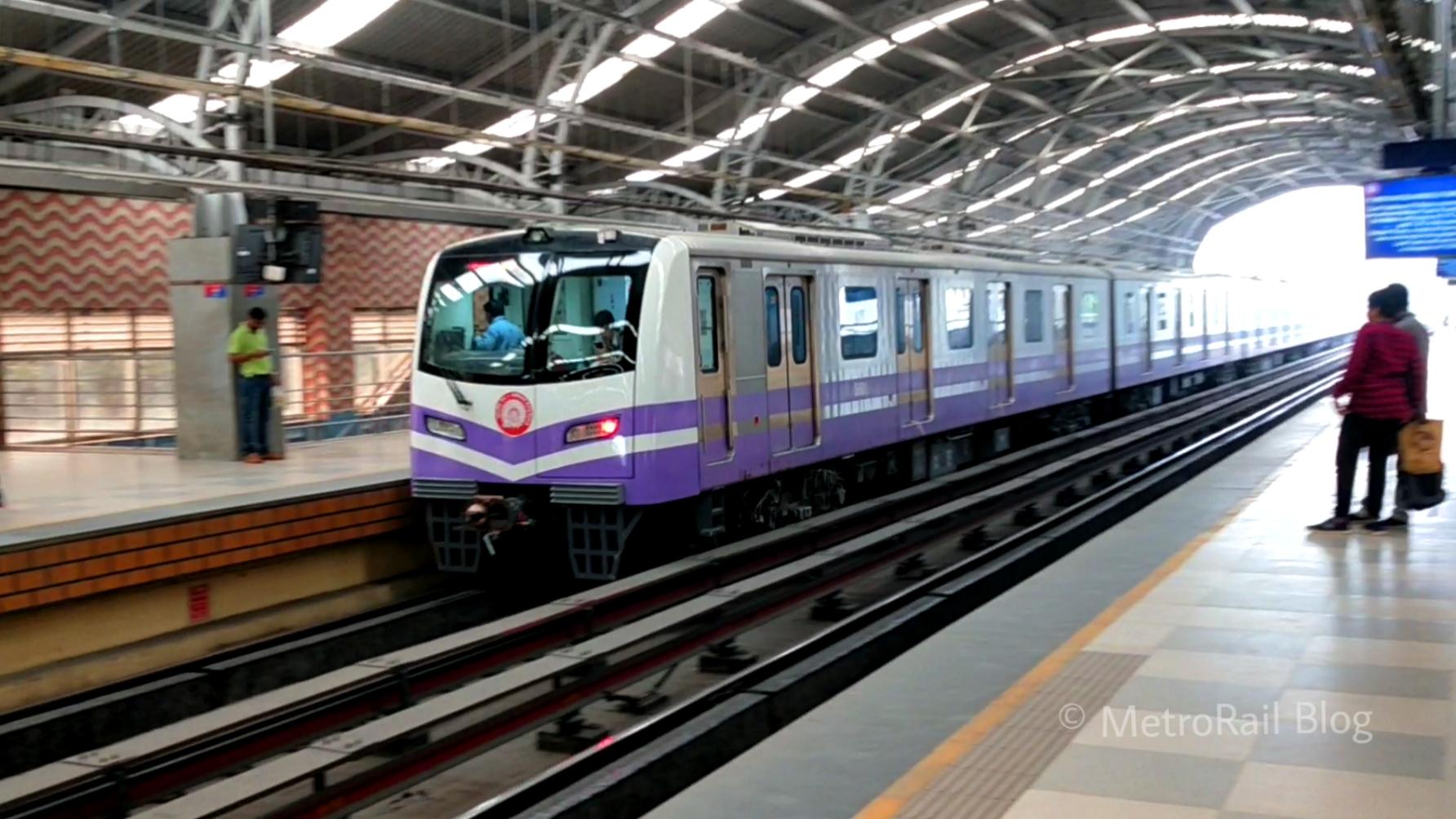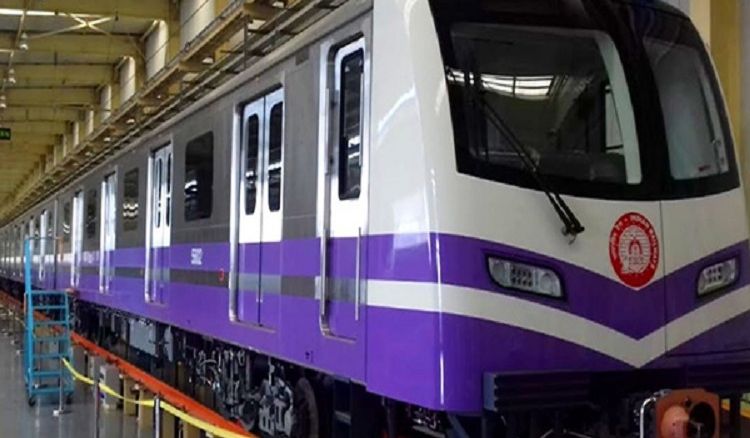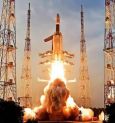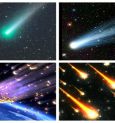Problems with metro construction work in Bowbazar started on August 31, 2019, when several houses in Durga Pituri Lane developed cracks and parts of the buildings collapsed. Similar incidents were reported on May 11 and October 14 this year as well. Over 70 houses suffered cracks during the work of the East West Metro. House after house on Durgapituri Lane and Sankrapara Lane were cracked. Then, the year was 2022. Cracks were seen in many houses during the metro work in May that year. 28 families were quickly evacuated. After five months, the fissure disaster was seen again in Boubazar. Cracks are seen in at least 10 houses. Cracks were detected in Madan Dutta Lane and BB Ganguly Street in Boubazar. Work was still going on amid concerns. This time, the general manager of Metro Rail went to visit that day.

Initially, the tunnel-boring machine was blamed for the cracks in the buildings. It was believed that the machine hit the aquifer—the underground layer of water-bearing rocks and sediments—which led the ground below to subside and the houses to cave in or develop cracks as a result.
Several engineers have said that these measures may be too little, too late. These should have been in place before the construction of the “cross passages” to link the two tunnels started.
Inject liquid nitrogen into the ground to freeze the underground water. Increase air pressure inside the underground tunnels to prevent seepage of water.
At 196 degrees Celsius, liquid nitrogen will be injected underground, and water will be frozen. This 160-year-old technology will be used in Boubazar.
This liquid nitrogen will come from Jamshedpur. This nitrogen will be sent through 8–10 pipes with a diameter of 6 meters from 16 meters below the ground.
Parking will be required to keep nitrogen tanks. How reasonable it would be to close the road before Puja is debatable.
 বাংলায় পড়ুন
বাংলায় পড়ুন














